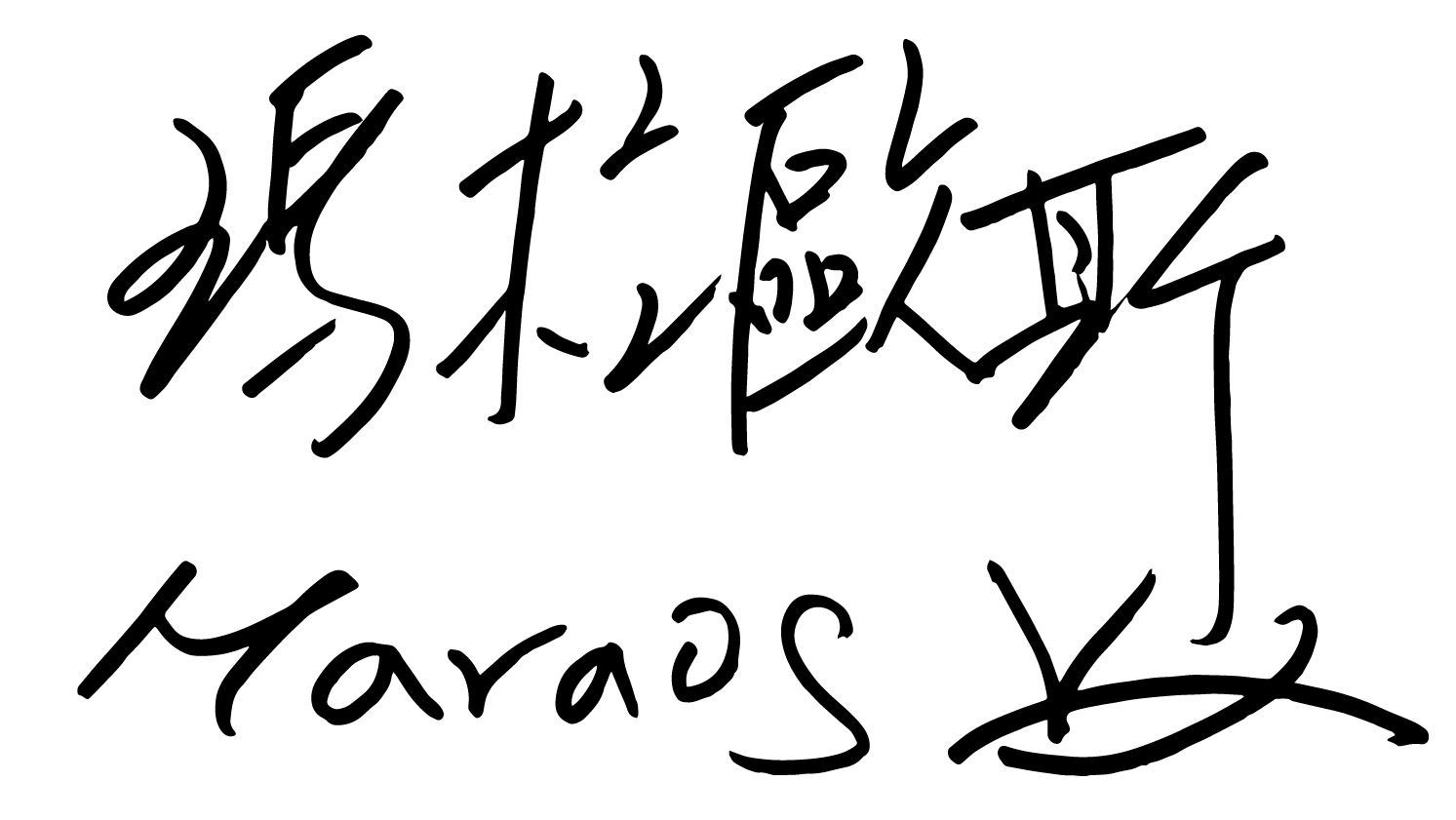o pimasaodan no yancomin am, ya akmey macibedbed do kahasan aka no rako a wawa, ano manisibo a mikala so kanen aka no iyakan am. ma dada a mapo do maoran no kahasan aka no pangaa’apan a wawa. Ipihanhan no tao o sibowan a a’akawan, ori o piveyvekenan so maoran no kaasan aka no pangaa’apan. ano manisibo am, tawagan sira o mina ineynapo no kakwa, a omzat do pikalan so isovo a kanen, topa vehvehsa o apen a kanekanen aka no iseysavat. na ipitarek no pangaktoktoan no yacomin aka no dehdeh, ano ingpotan o kanekanen a ji misepai o maoran no isovo a kanen am, jiabalinas o pasavongen no a’akawan.
ya rana mitarek o pimeymasaodan aka no da talilisan no tao siciakwa ya, da rana apen no pangangavangan o a’akawan no yancomin, yaro o malalavayo a ya komala so iweywawalam no kakwa, da rana vangonen o cirecireng aka no anood no kakwa, piamoon no kasnekan no karawan. ya magza o ya talilisan no tao do rako a ili, nakenakmen tamo pala o kakmey mapaneb so kataotao a kapakapia a tomalilis do angangayan, a misimaoli do pimasaodan no kakwa. paslinen o kangay do kaka’asan, aka do keysakan, ipakaliliw so rako a oyowyat no karatayan, pakanakmen do onowned o inanao da jiyaten no kamanrarakehan aka no iciyatatao do ili.
ya miparo o ya mangay milingalingay do kaka’asan a tao siciakowa ya, ya padketen o vazay no ya mapiveyveken so kaka’asan a tao do vakong a “原視界”, ipacita da no tao so maorang no rako a ka’asan, aka pakacita so vazay da no ya mazikna a mapiveyveken so kaka’asan a tao, ji topazikaza o maraet a banaikbek do panisibowan a kaka’asan, azowain sira no apia cireng, ikasaray no onowned da. isaray tamo o vazay da no ya mapiveyveken so kaka’asan a tao, ta sira o neymakdeng a ya omzat do maoran no rako a karatayan.
The life of indigenous peoples is closely tied to nature. They do not just live in, but also collect and hunt from nature. The high reliance of indigenous peoples on nature helps them to develop the ideology of living with nature in peace while respecting nature. Prior to entering the woods, indigenous peoples will converse with the mountains and ancestral spirits, pray to them for what they need for their daily lives, and they will take what they need instead of being greedy. Different from consumerism, what indigenous peoples believe in is contentment and frugality so as to live in harmony with nature.
The environment of modern day society is completely different from that of the past, and land has been lost in a rapid and severe fashion, so young people have no choice, but to find their identity when they have nowhere to take root. Yet, indigenous peoples strive to find the life patterns of the old days and pass on the idea of respecting nature. In fast-paced cities, indigenous peoples can try to turn their minds off and slow down. They can break free from the confinement of concrete walls and immerse themselves in nature. By spending time in the mountains and deep water, they come into contact with nature to feel its power. That way, they can restore the lessons passed down from the traditions and follow the philosophy of valuing the natural environment.
In the time of the pandemic, more people have started to visit mountains in Taiwan. This volume of ‘Indigenous Sight’ will lead readers to the mountains and report on the stories of people working in the mountains. In doing so readers will see a diverse view of mountains when paying a visit there. We hope that readers can learn more about the treasure in the mountains and the hard work of those practitioners, and in return, treat nature with respect, and give the practitioners more recognition and praise. Let us pay the guardians of mountains a salute to express our gratitude for their work. Without them, we would not have been able to keep such a natural endowment.
Panirsirngen do yanbonkay
Chairman of the Indigenous Peoples Cultural Foundation





